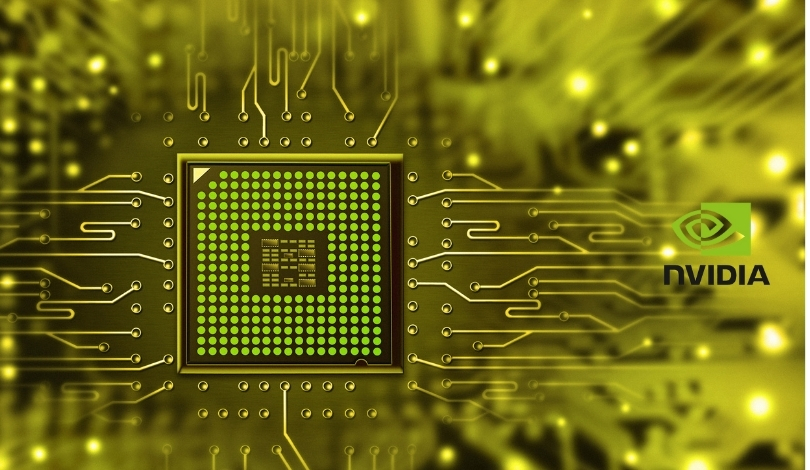AMD’s FidelityFX Super Resolution (FSR) 3.1 technology introduces significant improvements in gaming performance for Nvidia and Intel GPUs. This latest version not only enhances the quality of upscaling but also introduces frame generation capabilities to a broader range of hardware. The development is set to make a substantial impact on the gaming industry by offering advanced performance features to a wider audience. More details can be found on AMD’s official website.
Upscaling Quality Boost
The primary enhancement in FSR 3.1 is its ability to provide superior upscaling quality. This improvement is designed to deliver sharper and more detailed images, which is crucial for an immersive gaming experience. Gamers using Nvidia and Intel GPUs can now achieve better visual performance without the need for the latest hardware updates. The upscaling feature effectively bridges the gap between high-end and mid-range systems, making advanced graphics accessible to more players.
Frame Generation Capability
Another critical feature of FSR 3.1 is its frame generation capability. This functionality allows for smoother gameplay by increasing the number of frames per second (FPS) generated, enhancing the overall fluidity of motion in games. By supporting Nvidia and Intel GPUs, AMD aims to democratize this technology, allowing a broader user base to benefit from enhanced frame rates. This move is expected to significantly improve the gaming experience, particularly in fast-paced games where high frame rates are essential.
Broader Hardware Compatibility
FSR 3.1’s support for a wide range of hardware, including Nvidia and Intel GPUs, demonstrates AMD’s commitment to inclusivity in the gaming community. This broader compatibility ensures that users with varying system configurations can access the latest performance enhancements. By doing so, AMD not only strengthens its position in the market but also promotes a more unified gaming experience across different platforms.
Comparing this release with previous advancements, FSR 3.0 primarily focused on upscaling techniques, offering significant improvements over its predecessors. However, it lacked the frame generation capability that FSR 3.1 introduces. The addition of frame generation in the latest version marks a pivotal step, addressing one of the key areas where previous versions fell short. This enhancement ensures that the gaming experience is not only visually superior but also smoother and more responsive.
Additionally, the expansion of support to Nvidia and Intel GPUs contrasts with earlier versions of FSR, which were more limited in their hardware compatibility. This inclusivity is a strategic shift from AMD, potentially increasing its user base and fostering greater adoption of its technology across different gaming platforms. By analyzing these advancements, it’s clear that FSR 3.1 represents a significant leap forward in both performance and accessibility.
The advancements brought by FSR 3.1 are poised to set new standards in the gaming industry. The improved upscaling quality ensures that gamers experience sharper and more detailed visuals, enhancing the overall immersion of games. Frame generation capability significantly contributes to a smoother gaming experience by boosting frame rates, which is especially beneficial in fast-paced gaming environments. The broader compatibility with Nvidia and Intel GPUs signifies a strategic move by AMD to extend these benefits to a wider audience, reinforcing its commitment to inclusivity in the gaming community. These innovations not only enhance the performance of existing systems but also make high-end gaming features more accessible to players with varied hardware configurations.










